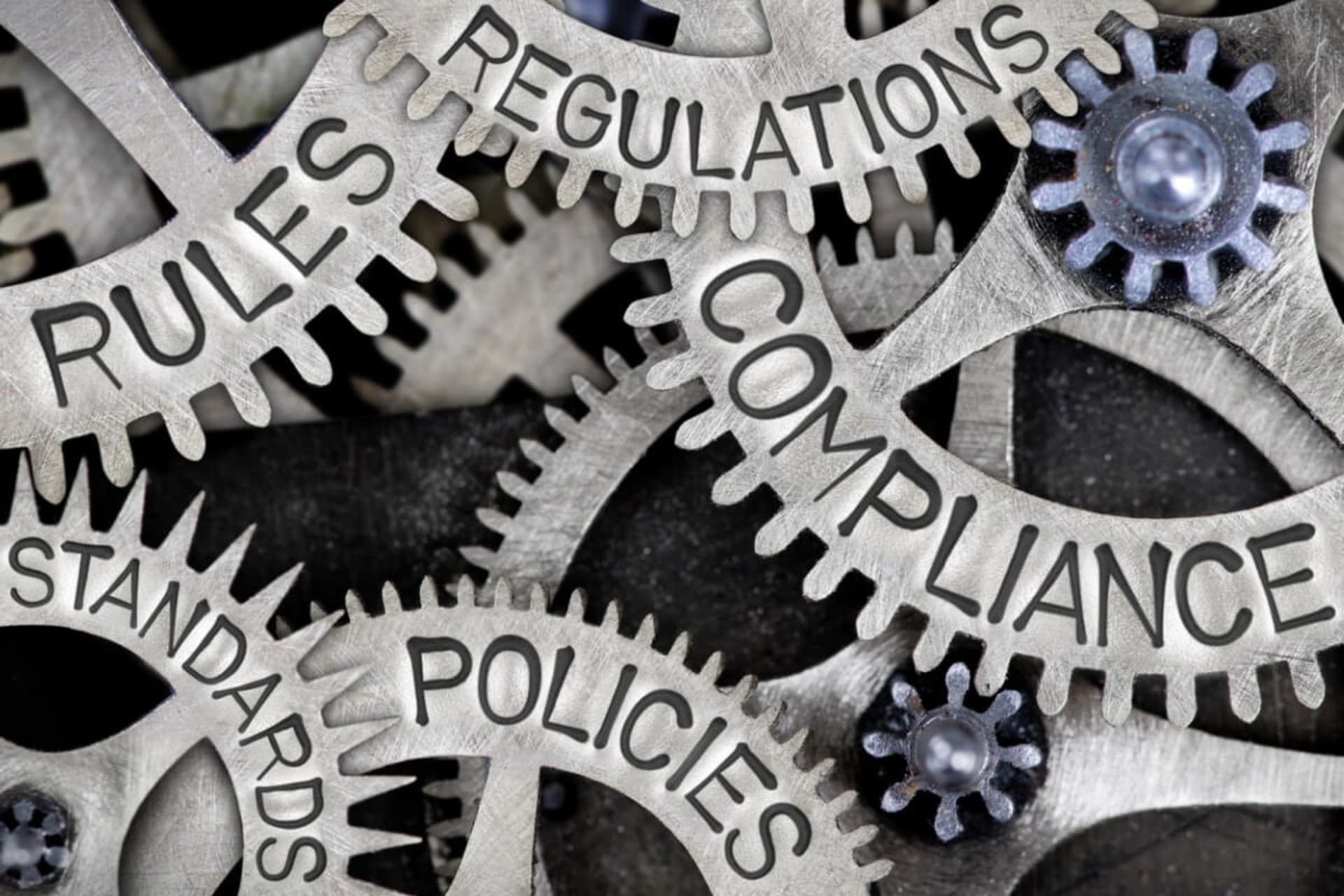Information technology (IT) is growing in sophistication and complexity. It is also an ever-changing and highly critical field. In order to drive change, become more profitable, create value, institute structure, reduce risks, and improve productivity and efficiency, many organizations employ an IT governance framework.
An IT governance framework is a means of controlling and managing IT services at an organization through established processes, procedures, policies, plans, standards, and requirements. In a world abundant with data, information, and devices that provide analytics, organizations must find ways to lead and oversee their technology and tools, as well as the people who use them.
What are some IT governance best practices? And why are they important for your organization and its technology usage? Here’s what you should know.
Objectives for IT Governance
When establishing an IT governance framework, it is important to keep the goals and objectives for the model at top of mind. Common objectives include:
- Aligning IT objectives with overall corporate objectives
- Aligning daily business practices with IT practices
- Ensuring IT practices are consistent with business and department key performance indicators (KPIs)
- Maintaining compliance with data and technology rules, laws, and regulations — legally, financially, and otherwise
- Minimizing risk
- Staying accountable as an organization
- Extending and increasing value
- Measuring and tracking performance
- Fostering a culture of continuous improvement
- Honing core business practices and policies
- Properly assigning and delegating roles and responsibilities
- Creating a system of checks and balances
- Evaluating resources and identifying areas of improvement
- Optimizing return on investment (ROI)
- Improving stakeholder satisfaction
- Analyzing information and reports
- Delivering tangible results
- Improving security
Why Is IT Governance Important?
An IT governance framework helps lay the groundwork for your company to achieve its goals. You will rest assured that your business is operating safely and within the boundaries of the law. It will also allow you to effectively manage risks and better predict your performance as an organization.
But perhaps most importantly, IT governance connects theory and practice. In essence, it serves as a bridge between technology management, development, and usage. This optimizes your ROI and allows you to better prioritize.
IT Governance Best Practices
So, how do you establish IT governance principles and put them into practice at your organization? This is what to do to create a solid infrastructure and tap into your resources effectively.
Define Success
What are your goals for your IT processes? Before you set a plan in motion, determine what success looks like for your organization, including how IT should align with your overarching business goals.
Define Roles and Responsibilities
Put a solid team in place. There should be clear roles when it comes to IT governance. Each member of the IT team should understand their responsibilities and how they must collaborate together to achieve your organization’s objectives.
Align IT Objectives With Business Objectives
When formulating your IT objectives, always have your business goals at the forefront of your mind. Your technology practices should uplift and support your overall organizational objectives, furthering your ideas as a cohesive entity.
Prioritize Risk Management
When operating in a technology sphere, you will always face risks. This is one of the main reasons why you need to put an IT governance framework into place. Prioritize managing threats and assessing risks as a main point in your strategy to stay one step ahead.
Educate Employees
Employees should be integral to the development and establishment of technology-related policies and procedures. In addition to getting input, make sure your employees understand how to use your technologies safely and effectively. This will help protect your entire organization — one wrong move could put the entire business at risk.
Continue to Evaluate Your IT Practices
IT governance requires frequent evaluations. Best practices, rules, and structures are constantly changing in the world of technology, and you must continue to review and monitor your procedures to ensure that you remain compliant and up to date.
What Are the Models of IT Governance?
There are a few IT governance examples that serve as models for successful management and implementation.
COBIT
Control Objectives for Information and Related Technologies (COBIT) is one of the most widely used industry standards for IT governance, particularly among enterprises. Created by the Information Systems Audit and Control Association (ISACA), COBIT seeks to ensure quality by defining a number of IT processes.
ITIL
Information Technology Infrastructure Library (ITIL) is an international standard that provides a framework for how information technology behaves within an organization and how it supports business practices.
ISO/IEC 38500
This is another international standard that outlines principles for corporate IT structures, making the distinction that governance and management are separate. It includes key definitions and outlines the acceptable use of IT within an organization.
Calder-Moir
Calder-Moir is not a single IT governance framework but an approach to coordinating multiple frameworks. By leveraging this model, organizations are better equipped to maximize the advantages of a number of frameworks.
COSO
The Committee of Sponsoring Organizations of the Treadway Commission (COSO) establishes internal controls, as opposed to IT functions alone. This model ensures that an organization operates according to industry policies and standards.
CMMI
The Capability Maturity Model Integration (CMMI) offers a scale that allows businesses to assess their performance, output, and overall quality in terms of overseeing and monitoring software development processes.
FAIR
Factor Analysis of Information Risk (FAIR) is a newer framework for IT risk management. Through this model, business leaders are better equipped to evaluate technological risk and the probabilities of cybersecurity-related issues.
What Is the Best IT Governance Framework?
While some models are more commonly used than others — COBIT is probably the most ubiquitous — the IT governance framework that is best for you depends on several factors, such as:
- Where your organization operates
- Your size
- The nature of the work you do
- The flexibility and guidance you need
- Areas that require improvement
- Your goals and objectives
No matter what your goals and priorities are, having an IT governance model is critical, particularly as you grow and your technologies become more sophisticated. Not only will this help you to stay structured and compliant, but it will also allow you to gain a competitive advantage.






